|
As someone primarily interested in video art, writing about documenta seemed a difficult, even pointless task. For me, the pulse of any exhibition is determined by the flickering of screens and the moving projections of its videos. As such, while heading west (I am based in Berlin) to the small town of Kassel, I was worried, having read that at this year’s documenta 12 there was to be no real video art to speak of. Adding insult to injury, on the train, my own video screen broke—surely not a good sign to start my one-day documenta extravaganza. Surprisingly though, I came to find that many screens did await me in Kassel. After crossing the Vorgarten I entered the scene through the main door of the Freddysomething building to a place overflowing with people and artwork. Thick curtains obstructed the view; my sense of orientation was lost at the front door. Then I spotted the first video by Sanja Ivekovic: a poppy field in full blossom waves gently in the wind. Then there was Andreas Siekmann’s Die Exklusive where a carousel spins lazily around a statue of some Wilhelm-the-Whatever. Both works were splendid. They transport me away from any thick grey clouds that might have been looming just beyond the curtains. Moving through the room and into a corridor I watched Simon Wachsmuth’s video where an Arabic looking woman walked across a screen concealed in the shadow of a wall. I decided to walk on, out of the shadow that held her. In the middle of this room my gaze settled on a red wall with an impressive plasma screen displaying another of Wachsmuth’s works. On this screen, men performed physical exercises while singing and dancing. I watched the film through its entire twenty-six minute reel, enchanted. The filming and editing techniques, as well as the black and white aesthetic, implied a surprisingly alluring sense of timelessness. Details, like one man’s ensemble of a Sony t-shirt in combination with checked linen torn around his waist, keep my eyes glued to the screen following the men’s movements. I liked the way Arabian culture has been captured: revealing itself as candid and pure in front of Wachsmuth’s camera. Further along in the exhibition, I was drawn into a room by an almighty sound. With dark green walls and light white curtains, the room contained screens broadcasting football. The installation, entitled Deep Play, provided insight into the football industry as told through artist Harun Farocki’s perspective. The footage and the setting was a familiar sight and the room feels like an oasis amidst the madness of the Documenta show. Trekking up to the next level, I entered a space where people seemed to be waiting for a dance performance. Reluctantly I mixed with the crowd only to notice a rather small projection next to me. The projection, a video by Lin Yilin, depicted a Chinese man moving bricks across a wall. I observed him for awhile as he completed the labor, and moved on. I like simple pieces like this that make me think of meanings. I think of the wall and the movement that comes across this country. I think of protection behind stones. I like the image of these loose stones being moved along so methodically. But I didn’t remain locked in thought for too long with so many screens to see. On the next video, Tseng Yu-Chin’s Who’s Listening? 5, a woman forbade a boy to give her a kiss, which, of course, provoked him to do so. Eagerly, the young boy tried again and again, although his efforts were in vain. The game that ensued, like a strange depiction of sexual desire, made me uncomfortable and I moved away from this video. Veiled in hot and thick air on the balcony of level three, I came across a video of Japanese bondage by Hito Steyerl called Lovely Andrea. Ready for lunch and a short intermission, I rushed downstairs to find fresh air, noticing on the way a striking display with a tiger which I learned was Peter Friedl’s Tiger oder Lowe. After my break I headed to the pavilion down on the lawn. Unfortunately dreadful architecture marred my experience in this wing of the exhibition. Silver curtains and very low ceilings gave the place a sinking feeling. I walk around walls and partitions, as if winding through a maze, and then I see Who’s Listening? 1 by Tseng Yu-Chin. What a refreshing sight. I enjoy watching the kids on screen laughing as milk pours over them. I begin to think of meanings again and the motivation behind this work. First I think of cow’s milk, which is a brighter white than the traditional soymilk, as a symbol of the West. This symbol of the West, then, is flung into the faces of the new generation. I like thinking about this story as I watch the screen. I wander through more partitions and come across more screens, none of which I like very much. Time for a cigarette break before heading up to the hills where the next segment of documenta awaited. This building was even more stifling than the last but I caught a glimpse of some interesting drawings before heading into a room with Olga Neuwirth’s multi-channel sound installation. There, a screen was placed in front of the same type of white curtains I had been seeing all day; though in this case the setting is wonderful, as it virtually eliminated the materiality of the screen. Engrossed by the movement across the screen, I was unsure whether the action being displayed was a projection or a live performance taking place behind the screen and visible only as a type of shadow. Back on the train I recollected my excursion. I must say I enjoyed it and despite the negative reviews, I was pleasantly surprised by some of the video art. I can confidently say that documenta 12 is a solid exhibition, even if it may not be as bold and influential as some of the earlier shows. Documenta is still serving its purpose to offer a survey of international work that displays wider trends in the contemporary art world. Although Berlin may be, in some people’s minds, the place where the best video works could be found I wouldn’t hesitate to jump on the train to Kassel again. If I headed back I’d be sure to let you know. Oh--did I forget to introduce myself? I am Andrea Warhola and pleased to meet you.


Recommended articles

|
|
Borrowing heavily from fairy tales, fables and science fiction, the art of Magda Tóthová revolves around modern utopias and social models and their failures. Her works address personal and social issues, both the private and the political. The stylistic device of personification is central to the social criticism emblematic of her work and to the negotiation of concepts used to construct norms.…
|

|
|
Goff & Rosenthal gallery, Berlin, November 18 - December 30, 2006
Society permanently renegotiates the definition of drugs and our relationship towards them. In his forty-five minute found-footage film The Conquest of Happiness, produced in 2005, Oliver Pietsch, a Berlin-based video artist, demonstrates which drugs society can accommodate, which it cannot, and how the story of the drugs can be…
|

|
|
Nick Land was a British philosopher but is no longer, though he is not dead. The almost neurotic fervor with which he scratched at the scars of reality has seduced more than a few promising academics onto the path of art that offends in its originality. The texts that he has left behind are reliably revolting and boring, and impel us to castrate their categorization as “mere” literature.
|

|
|
An American poet was invited to the White House in order to read his controversial plagiarized poetry. All tricked out and ready to do it his way, he comes to the “scandalous” realization that nothing bothers anyone anymore, and instead of banging your head against the wall it is better to build you own walls or at least little fences.
|
|







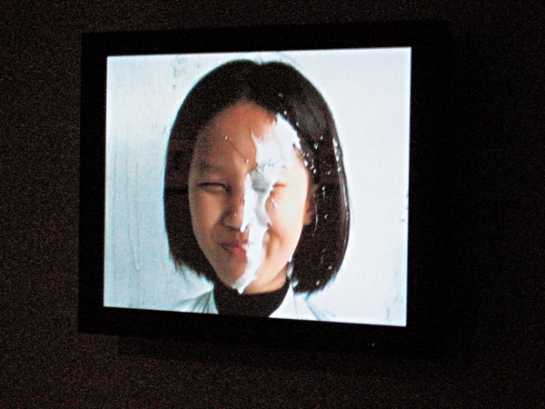
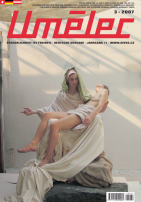













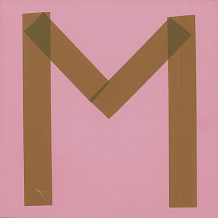




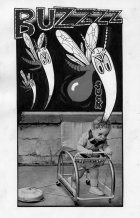

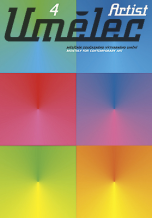
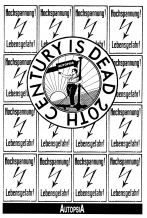


 New book by I.M.Jirous in English at our online bookshop.
New book by I.M.Jirous in English at our online bookshop.
Comments
There are currently no comments.Add new comment